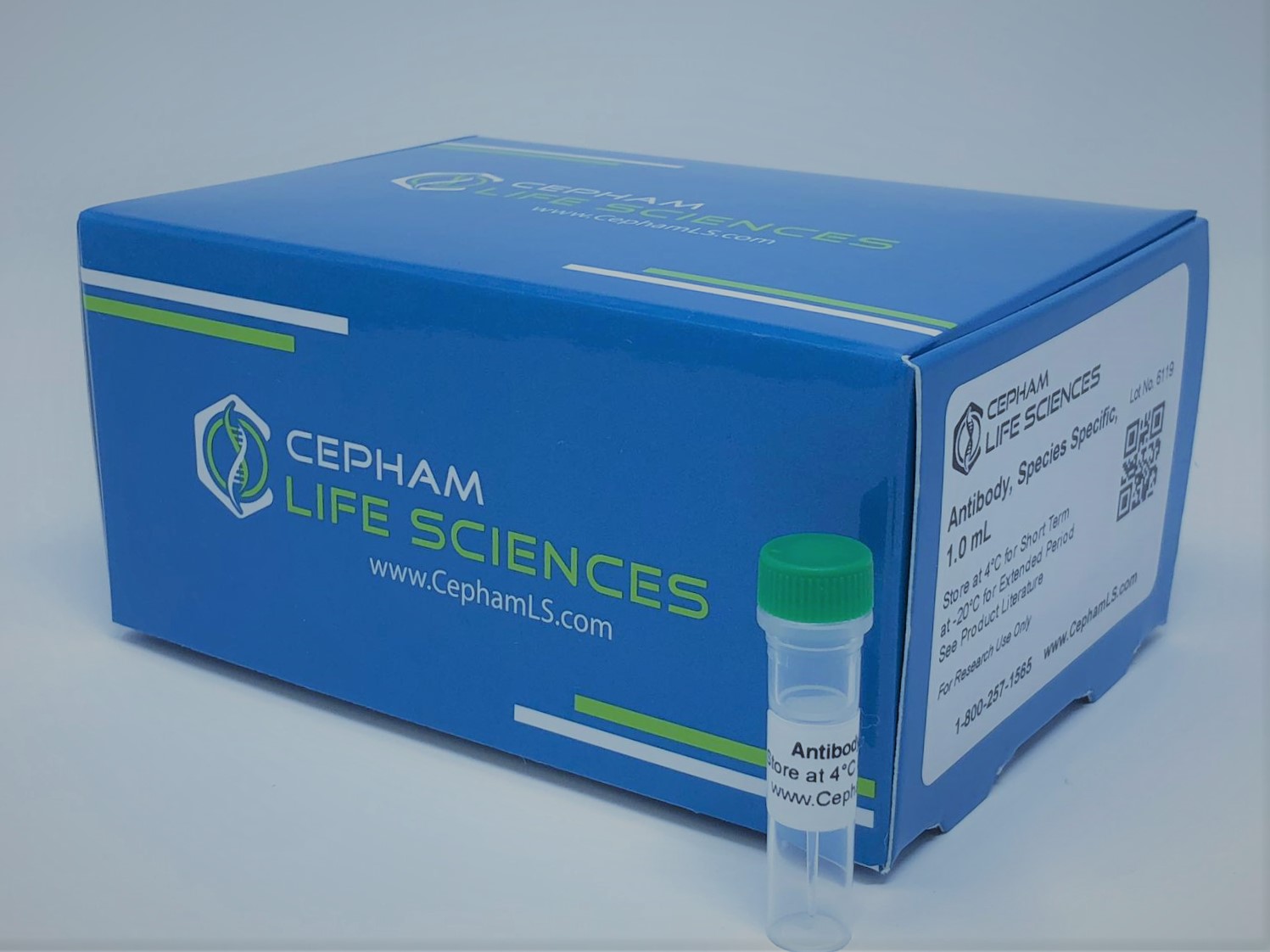Description
Aliases
P53, BCC7, LFS1, TRP53
Antibody Type
Polyclonal Antibody
Uniprot ID
Swiss-Prot: P04637
NCBI Protein: NP_000537.3
Immunogen
Peptide sequence around phosphorylation site of serine 46 (M-L-S(p)-P-D) derived from Human p53.
Raised In
Rabbit
Species Reactivity
Human
Tested Applications
WB IF Recommended dilution: Predicted MW: 53kd, Western blotting: 1:500~1:1000, Immunofluorescence: 1:100~1:200
Background / Function
p53 is a nuclear protein which plays an essential role in the regulation of cell cycle specifically in the transition from G0 to G1. It is found in very low levels in normal cells however in a variety of transformed cell lines in high amounts and believed to contribute to transformation and malignancy. The open reading frame of p53 is 393 amino acids long, with the central region (consisting of amino acids from about 100 to 300) containing the DNA-binding domain. This proteolysis-resistant core is flanked by a C-terminal end mediating oligomerization and an N-terminal end containing a strong transcription activation signal. p53 binds as a tetramer to a PBS (p53-Binding Site) and activates the expression of downstream genes that inhibit growth and/or invasion. p53 binds as a tetramer to a p53-binding site (PBS) and to activate the expression of adjacent genes that inhibit growth and/or invasion. Deletion of one or both p53 alleles reduces the expression of tetramers, resulting in decreased expression of the growth inhibitory genes Dhavan, R. and Tsai, L.H. (2001) Nat Rev Mol Cell Biol. 2: 749-759. Patrick, G. N. et al. (1998) J Biol Chem. 273: 24057-24064. Di Stefano V, et al. (2005) Oncogene. 24(35):5431-5442. Mayo LD, et al.(2005) J Biol Chem. 280(28):25953-25959. Wang L, et al. (2005) Oncogene. 24(18): 3020-3027.
Conjugate
Unconjugated
Storage Buffer
Supplied at 1.0mg/mL in phosphate buffered saline (without Mg2+ and Ca2+), pH 7.4, 150mM NaCl, 0.02% sodium azide and 50% glycerol.
Form
liquid
Storage
Shipped at 4°C. Upon delivery aliquot and store at -20°C or -80°C. Avoid repeated freeze.
Purity
Antibodies were produced by immunizing rabbits with synthetic phosphopeptide and KLH conjugates. Antibodies were purified by affinity-chromatography using epitope-specific phosphopeptide. Non-phospho specific antibodies were removed by chromatogramphy using non-phosphopeptide.
Modification
Phospho-Ser46
Additional information
| Size | 100?l |
|---|


